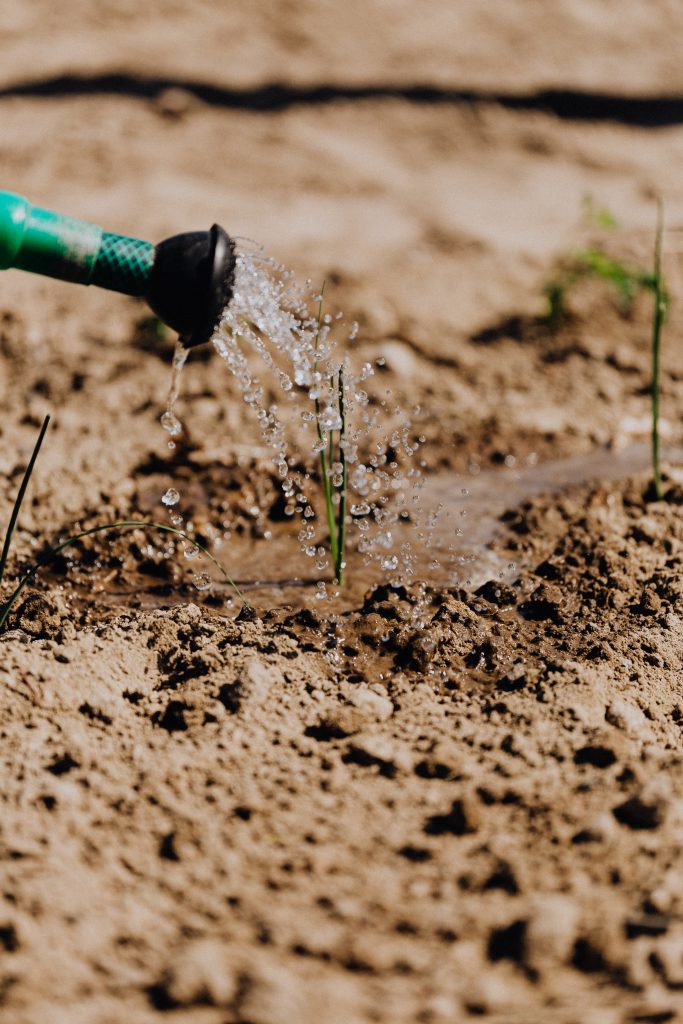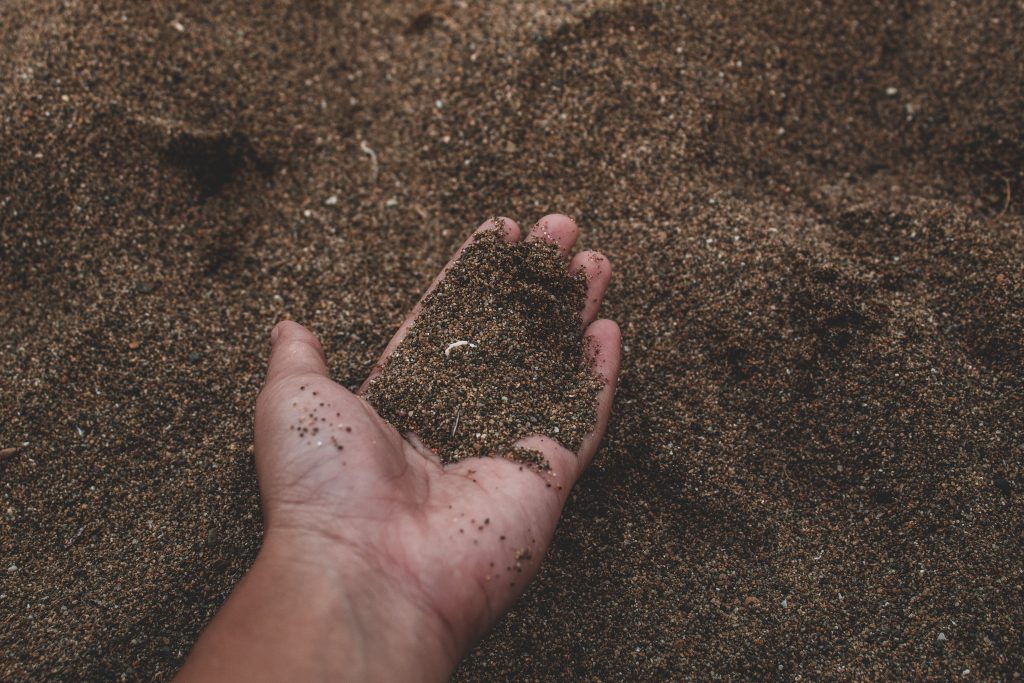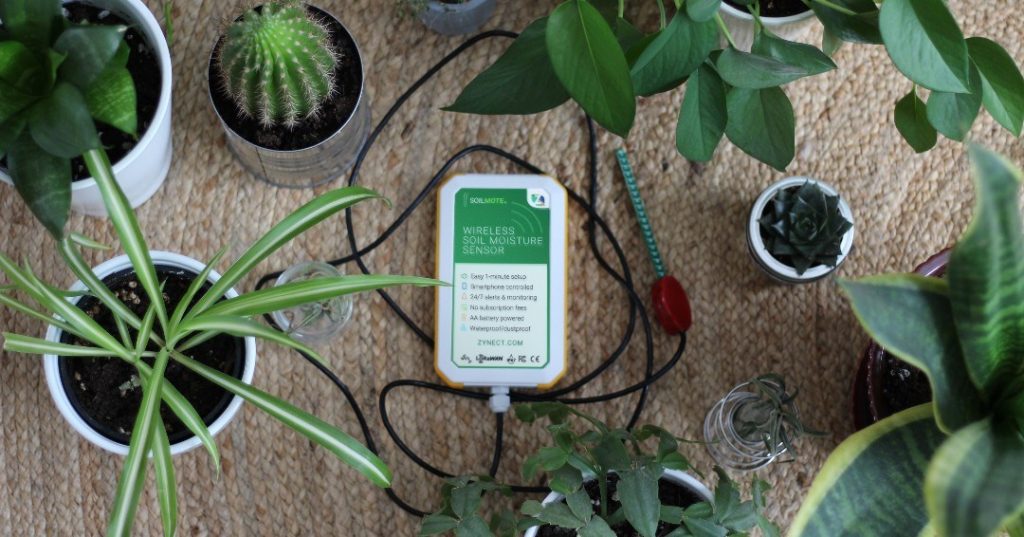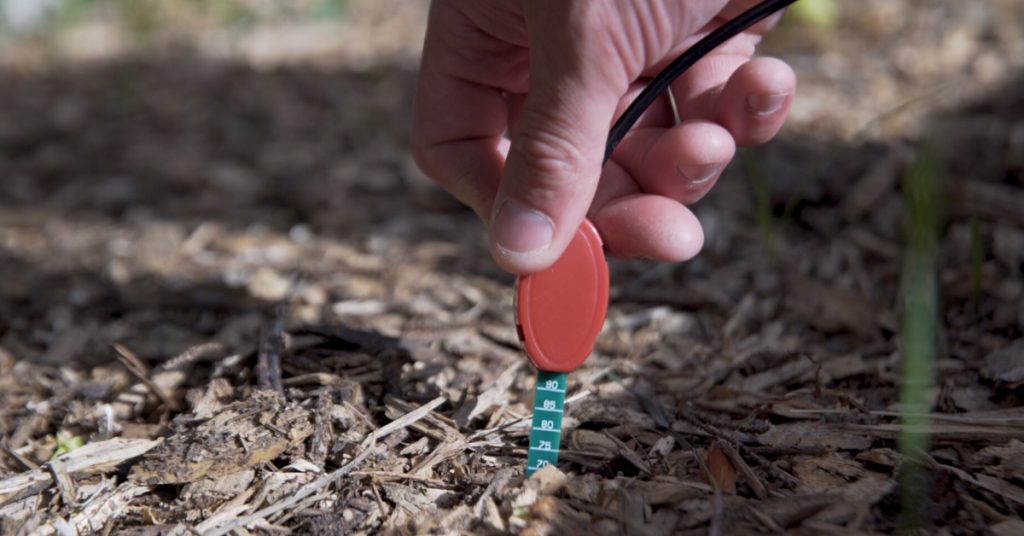

Image Credit: Eco Life – Permaculture
Let’s talk about soil, soil moisture, and the Soilmote. Say that three times fast!
So, first question, what is soil made of? It is the mixture of minerals, dead and living organisms, water, and air. Pretty interesting right? Put all of those things together and they create soil.
Soil is classified into 12 “soil orders” based on how it can be used. This takes a look at the soil’s physical, chemical, and biological properties. Each of the 12 soil orders end in “sol” which is derived from the latin word “solum”, meaning soil or ground.
Did you know that each state and territory in the United States has a representative soil? The state soil of New York, where we make the Soilmote, is Honeoye Soil. Want to know what your state soil is? Check out Soil Science Society of America.

Now let’s talk about soil moisture.
According to the Earth Science Office at NASA, soil moisture is a key variable in controlling the exchange of water and heat energy between the land surface and the atmosphere through evaporation and plant transpiration.
Generally, however, soil moisture is the water that is held in the spaces between soil particles.
The data from tracking soil moisture can be used for many things. For instance, reservoir management, early warning of droughts, irrigation scheduling, crop yield forecasting, and keeping your house plant alive. Cornell University’s dept of Earth and Atmospheric Sciences are currently using the Soilmote to measure seasonal changes to soil moisture.
It’s pretty important.
So how do you measure soil moisture? One way to look at this is recognizing soil as many different sized particles which don’t fit together neatly. This leaves empty spaces between the particles. Once you pour water onto the soil it fills those spaces.

This is where the Soilmote comes in.
When you stick the probe into the soil it uses capacitance to measure the soil moisture. Unlike conductivity or resistance based sensors which are biased by salts and fertilizers found in soil, it provides a fast accurate reading. (Those other sensors are also well known for “drift”. They work great for a few weeks, then become useless).
The Soilmote compares the empty spaces to the full spaces. It takes this comparison and calculates the volumetric water content. That is the reading you receive from your Soilmote on your Zynect app. It is also why it is important to completely push the green probe into the soil you are measuring
In conclusion, you can ask the app to alert you if there is too much water or not enough with setpoints. It’s pretty simple and this is one the most accurate ways to monitor soil moisture.
Check out our YouTube informational video discussing the Soilmote and how it works!
There you have it. Soil moisture is pretty important. We have a way to monitor it. Get your Soilmote today!